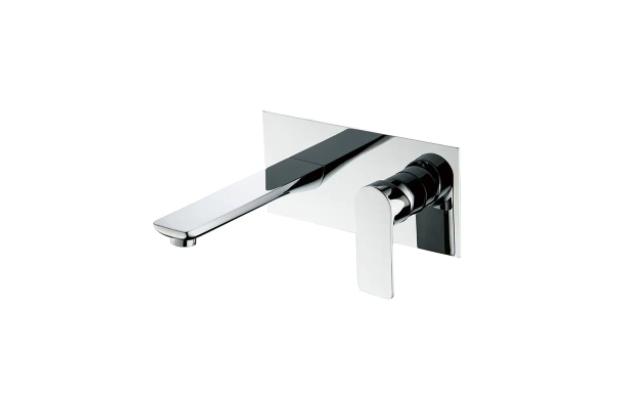Water conservation has become a crucial factor in basin faucet design, with manufacturers developing innovative solutions to reduce consumption while maintaining user satisfaction. Today's efficient basin faucets incorporate advanced engineering to deliver adequate flow while minimizing waste, helping households lower utility bills and environmental impact.
The aerator represents one of the most significant water-saving features in modern basin faucets. This small device mixes air with water to maintain strong pressure while reducing overall volume. High-efficiency basin faucets typically deliver 1.5 gallons per minute (gpm) or less, compared to older models that used 2.2 gpm or more. Some premium basin faucets include adjustable aerators that let users select different flow patterns for various tasks.
Sensor-activated basin faucets take water conservation further by eliminating unnecessary running. These touchless models use infrared technology to start and stop flow automatically, ideal for public restrooms and busy households. Temperature-controlled basin faucets with precise mixing valves prevent wasteful adjustments, delivering ideal water warmth immediately. Both technologies significantly reduce water usage compared to manual basin faucets.
Installation considerations affect a basin faucet's efficiency. Properly aligned valves and leak-free connections prevent drips that waste water over time. Choosing a basin faucet with durable seals and ceramic disc cartridges ensures long-term performance without deterioration. Some models include built-in flow restrictors that can be adjusted or removed if higher volume becomes necessary for specific uses.
Maintaining water efficiency requires periodic basin faucet care. Cleaning aerators every few months removes mineral deposits that can disrupt flow patterns. Checking for leaks and repairing them promptly prevents gradual water loss. When selecting a new basin faucet, looking for WaterSense certification guarantees the fixture meets strict conservation standards without compromising functionality. These efficient designs prove that environmental responsibility can coexist with everyday convenience.
